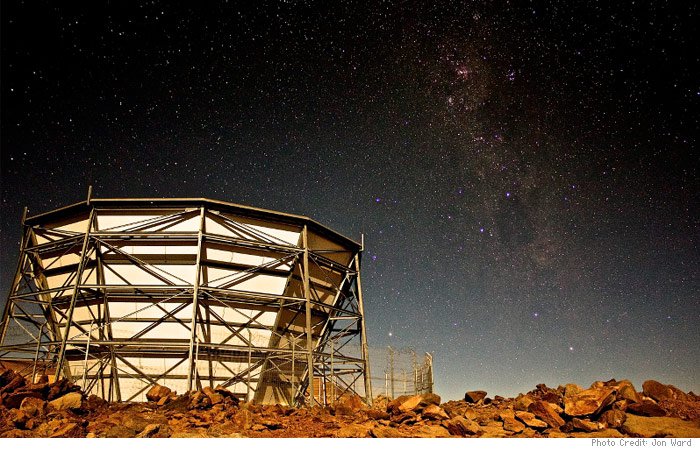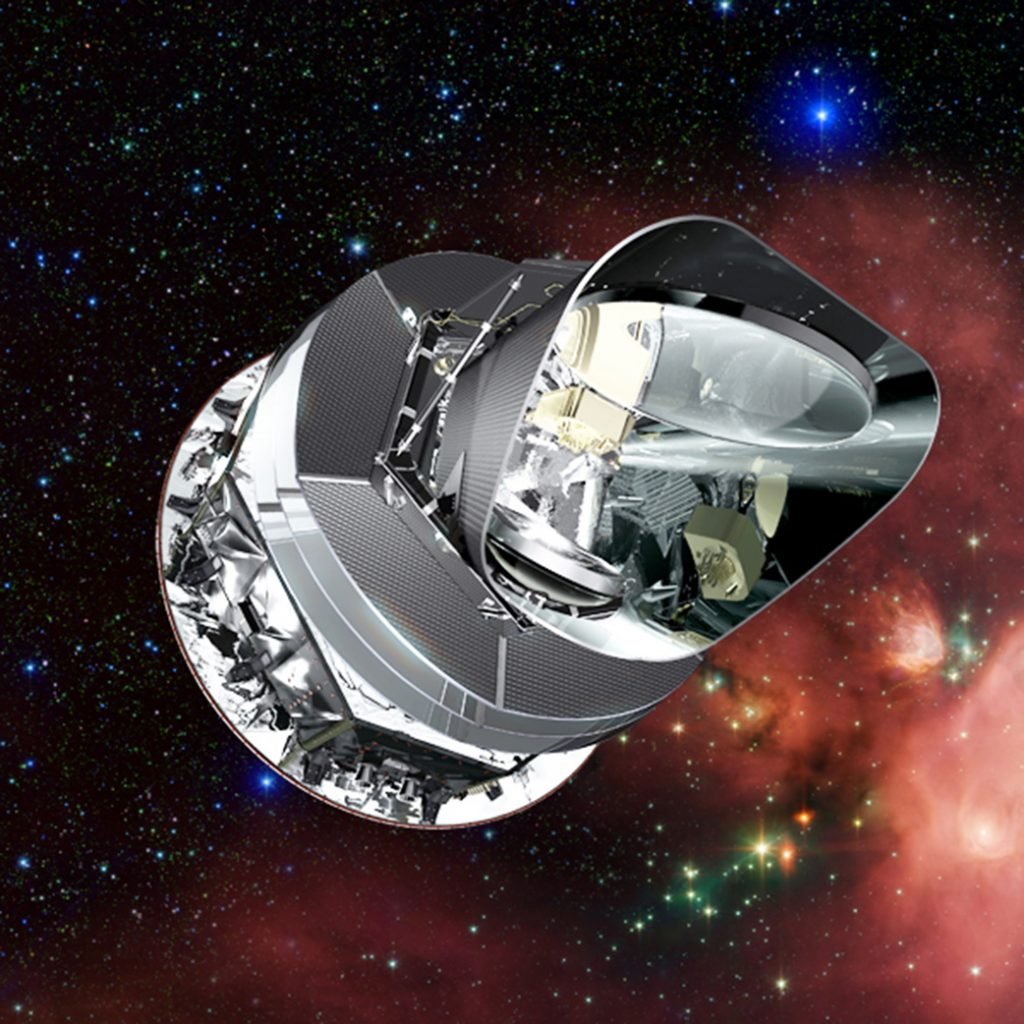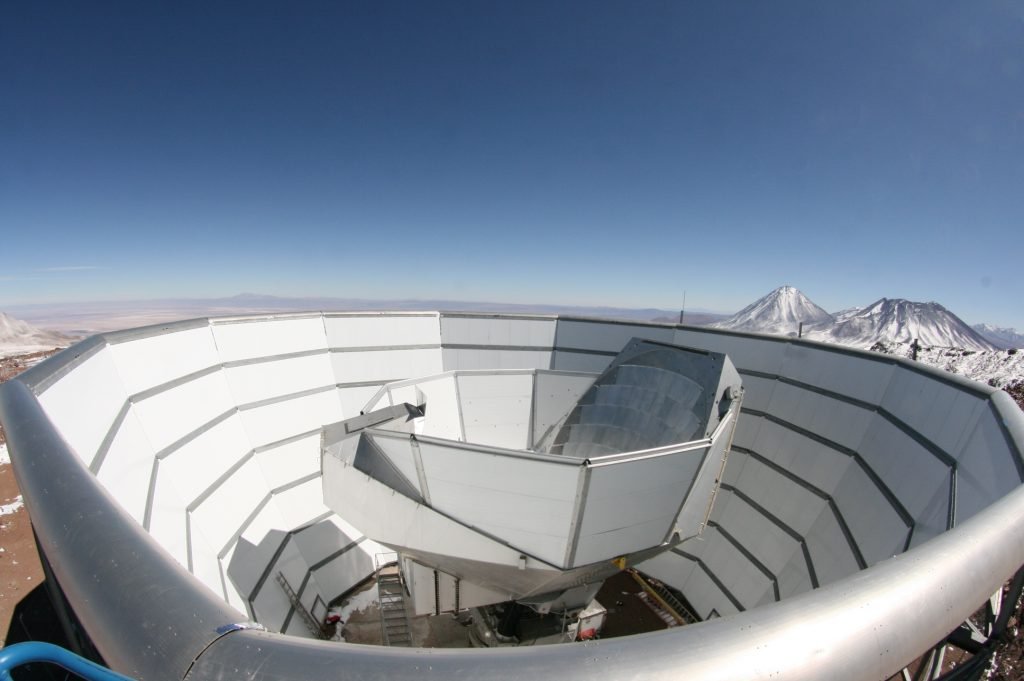There are a lot of disagreements and contradictions when it comes to Universe’s expansion rate.

The topic gets more complicated when there is more than one ways to measure. A new estimate is presented to this situation. By the Atacama cosmology telescope(ACT) that is in Chile’s Atacama desert further adds more to this whole conundrum.
THE DATA IS CONTRADICTORY YET SOLID
The data clashes against the rate of the galaxies flying apart form each other. It also predicted that the universe is expanding at a significantly slower speed than it was calculated before.
ACT mapped the cosmic microwave background. That is the radiation ‘after glow’ of the Big Bang. This is the light emitted just after the Big Bang. The data is collected from the year 2013 to 2016 and was posted on 15th July in two papers on arXiv repository.
CMB RADIATIONS AND OTHER VARIATIONS
Cosmic microwave background radiations comes from all directions of the universe. But it is not perfectly uniform. Its variations reveal that universe was a bit different in temperature back then. The temperature was below 0.3 Kelvins back then.

Cosmologists are using minute variations over the past two decades. And with that, they established a theory called Standard Model. This helps in calculating universe’s structure, density, age and evolution.
Cosmologists also use a measure known as Hubble Constant. This helps in calculating the rate at which the universe is currently expanding.
THE RESULT MISMATCH
The European Space Agency mapped the entire CMB sky with the help of their Planck Telescope. The data was from 2009-2013 with unprecedented precision. The data was of the highest standards of CMB cosmology.

The ACT And Planck’s findings produced a very similar value for the Hubble constant.
But none of the result matches directly to the measurements of Hubble constant. This whole discrepancy has become the Hubble constant tension.
Astronomers also use the brightness of Quasars and supernova explosions. These are called standard Candles. And this type of measurement is also used to find out the rate of which the galaxies are rushing away. It concludes that this type of calculation is 10% more faster than the CMB mapping’s predictions.
ACT AND PLANCK AGREEMENT
The calculations of ACT predicts the universe is expanding at 67.9 kms per second for each mega parsec(3 million lightyears).
ACT and Planck’s similarity of data is the first time in this field.
Planck and ACT both have similar findings. ACT is the first ground based CMB experiment that challenges Planck’s results, according to Erminia Calabrese, a cosmologist at Cardiff University, UK. Erminia led the analysis of the data from ACT.
The telescope’s design and it’s location in the tropics enables it to map more CMB sky than any other ground data.

Paul Steinhardt, a theoritical physicist at Princeton University says that the agreement between ACT and Planck is a “Major Milestone”.
Adam Riess, Astronomer at John Hopkins University in Baltimore describes the agreement as “a testament to the quality of the experimenters work”. Riess has done a cutting edge work in the field of Standard Candles.
Riess also states that the Standard model is somewhat incorrect and adds “My gut feeling is that something interesting is on the way”.

2 Comments
Pingback: Can our brains help prove the universe is conscious? - Craffic
Pingback: The Youngest Exoplanet PDS 70b is similar to Jupiter in Size and Still Growing - Craffic